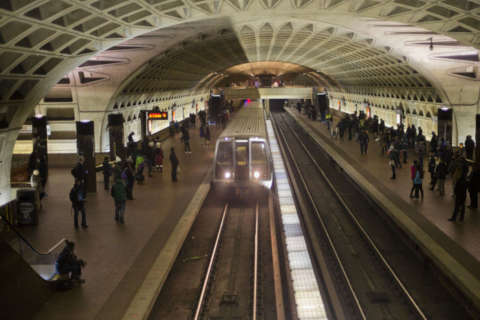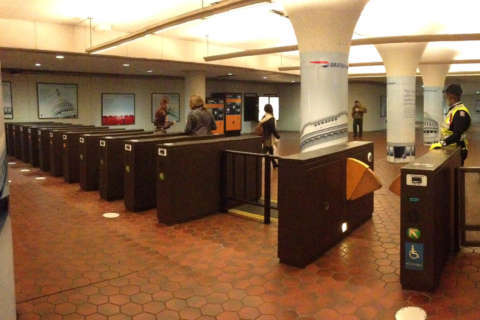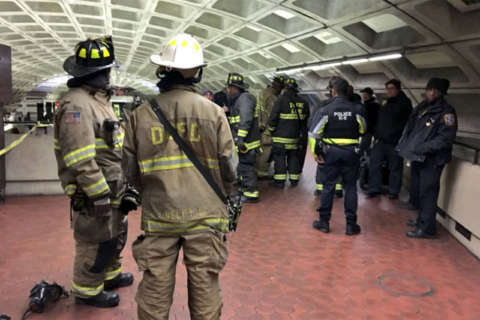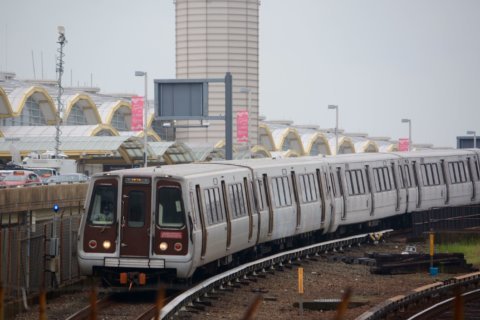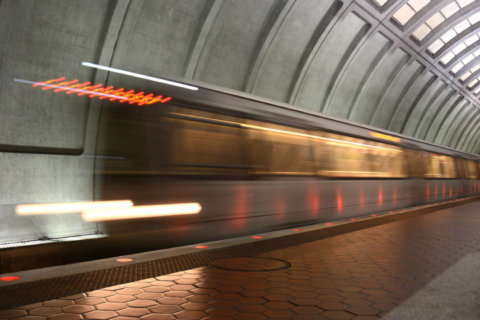WASHINGTON — A cracked rail that made a mess of Tuesday evening’s commute on the Blue, Orange and Silver Lines has been linked to water leaking through the tunnel wall near Rosslyn.
“There was actually a water leak in that location,” Metro Chief Safety Officer Pat Lavin told a Metro Board committee Thursday. “It was repaired, there was still minor leaking, the rail had been replaced before that — and then this was a secondary effect, so we’re still digging into that one deeper, but it is manifested due to water intrusion.”
While Metro has reported fewer unexpected disruptions for riders lately, the replacement of 39 feet of rail at the height of the evening rush delayed thousands of commuters. The crack was detected by Metro’s internal systems.
A cracked rail that had rusted from the bottom up was also blamed for a January Red Line derailment. There were no injuries.
“While so far we’ve avoided a real tragedy with a cracked rail in these two incidents, I’m concerned that this is something that we need to pay a little more attention to,” Maryland Metro Board Member Michael Goldman said.
Temperature changes and extremely cold weather can also play a role.
Since that Martin Luther King Jr. Day derailment, Lavin said Metro has required recertification for mechanics involved in thermite welding of the rails, and has continued to focus on limiting water leaks in tunnels across the system.
“Following the derailment that occurred last January, we increased the frequency of the track ultrasonic testing, so we’re actually running more testing and getting less hits, which is showing that the frequency and severity of broken rails is actually going down,” Lavin said.
The problem that caused the cracked rail in the January derailment cannot always be detected by such testing.
“We’re doing a complete trend analysis to identify where [cracked rails] are, what they are, and the types they are,” he added.
Metro is also switching out sections of rail with joints for longer, continuously-welded segments that can be stronger, and has returned to doing more rail grinding to deal with problems after a long time where that was only done intermittently at best, track work head Laura Mason said.

